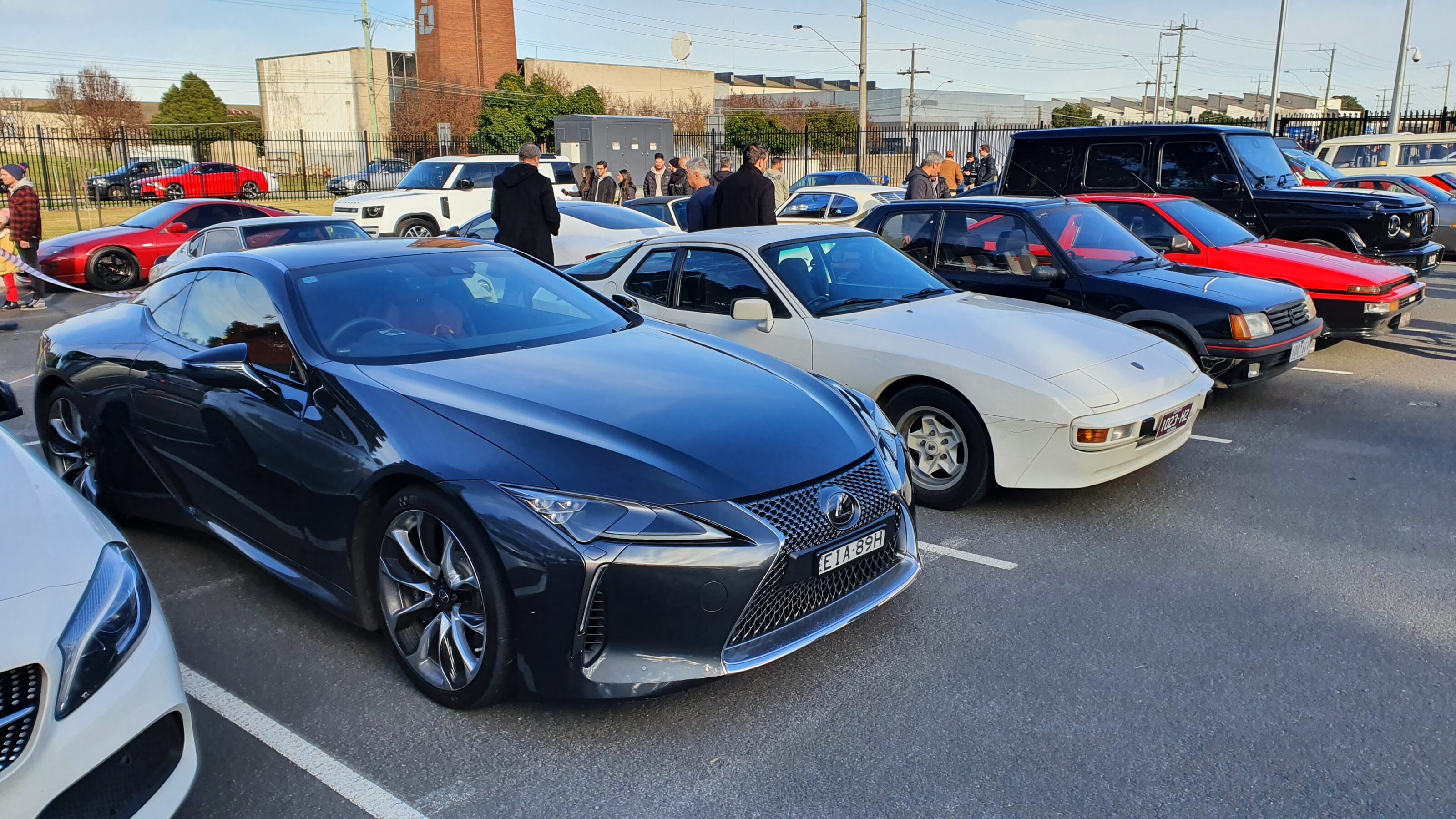Introduction: Hello Fresh
New metal! How does 351kW of atmo V8 grab you?
I don’t like to think of myself as a superstitious person, but do you ever listen to an inner voice for no particular reason?
Here I was, at a friend’s private track day at Haunted Hills with a Lexus LC500. I’d driven one around the circuit before, sliding it about for a photographer’s camera, but today I just wasn’t feeling it. Instead of going for a drive around the circuit, I took a few pictures to pass time, chatted with some of the drivers and kicked back.
The LC500 definitely has that laid-back side to its character. You might well recognise this newest arrival in the MOTOR garage from a three-car comparison in the May issue, which the Lexus won. I was so taken with the car that I managed to twist the importer’s arm to let us sample it for a longer term.
I also knew that, unlike the IS350 F Sport that I returned last month, the lower-slung LC would, weirdly, make it up my drive and into the garage without ever scratching its chin.
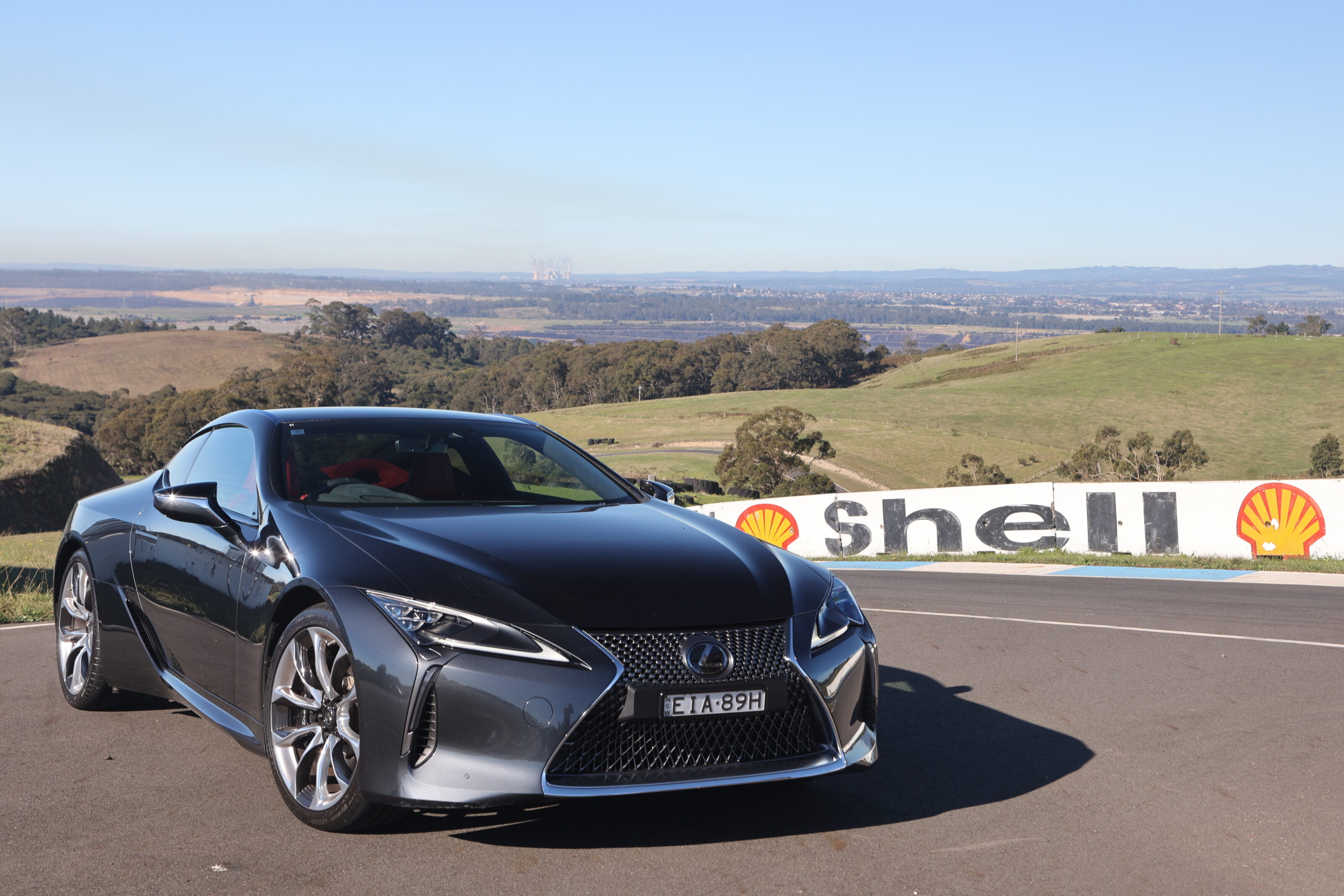
First impressions? The Yamaha-fettled 5.0-litre V8 is still one of the greatest atmo engines fitted to a new car, the infotainment system remains maddening and the shape, despite being introduced to Aussie roads back in 2016, still has the ability to stop people in their tracks.
They seem to like the car too, as it never gets the same side-eye you sometimes receive in, say, a $200k German sports car. Perhaps it’s the muted colour and a badge that’s not quite so on-the-nose that means it doesn’t immediately smack of mid-life crisis. But then it’s not so geriatric in its appeal to be full-on Joe Biden spec. Anyway, I’d say that it works for me.
It’s certainly quick enough to earn me the look of instant disapproval from my partner if I tread on it with any great conviction in Sport S+ mode. And it feels so well built that I like to think of it’ll be the automotive equivalent of a bristlecone pine, still ticking along happily long after its EV successors have replicated my work laptop, which depletes its battery in less time than it takes for Windows to boot up. Not that I’m a Luddite, it just feels as if the classy LC is built like nothing else, the snapping biro indicators aside.
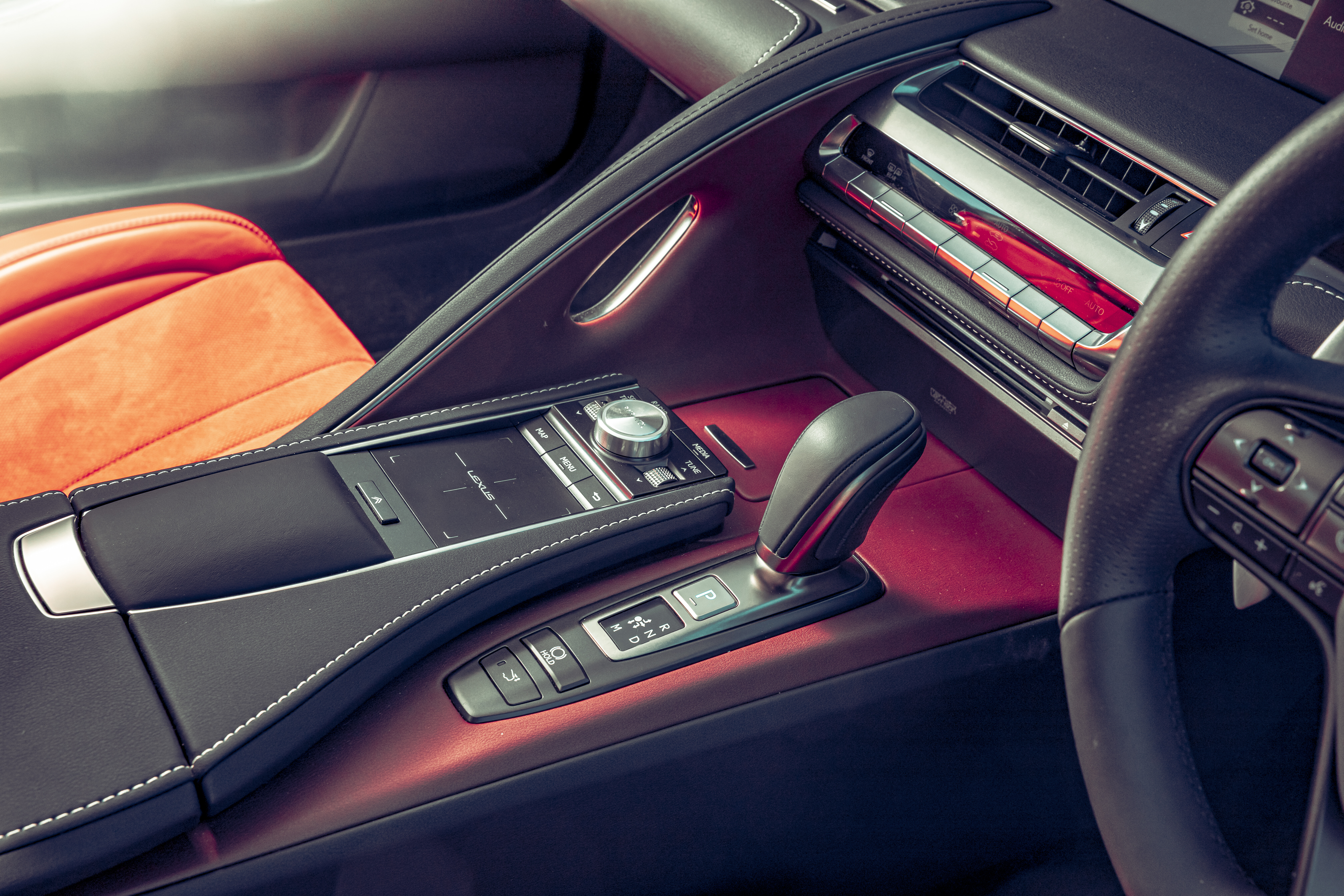
“It’s quick enough to earn me the instant look of disapproval from my partner if I tread on it”
Thankfully, the wired smartphone mirroring means that you can avoid the worst excesses of the infotainment system, but you’re still forced to interact with the gormless track pad. I hate to think how long your eyes are off the road to perform a simple function like turning the seat heaters off. I’m determined to figure out how to adjust the height of the head-up display without the man-fail of resorting to the manual too, but thus far it’s eluded me.
None of that really matters when you’ve got a great road ahead of you and nobody looking. Unfortunately, Melbourne was plunged into lockdown shortly after receiving the LC500, but there are a couple of cracking hill routes that climb up in forested switchbacks behind my house, and all within five kilometres. It’s a convenient route to go in search of somewhere to exercise. The LC500 seems to enjoy stretching its legs too. It seems Haunted Hills will have to wait. – AE
Things we love:
- Sleek styling
- Stunning engine
- Quality finish
- Hokey infotainment
- Boot is small
- Chintzy indicators
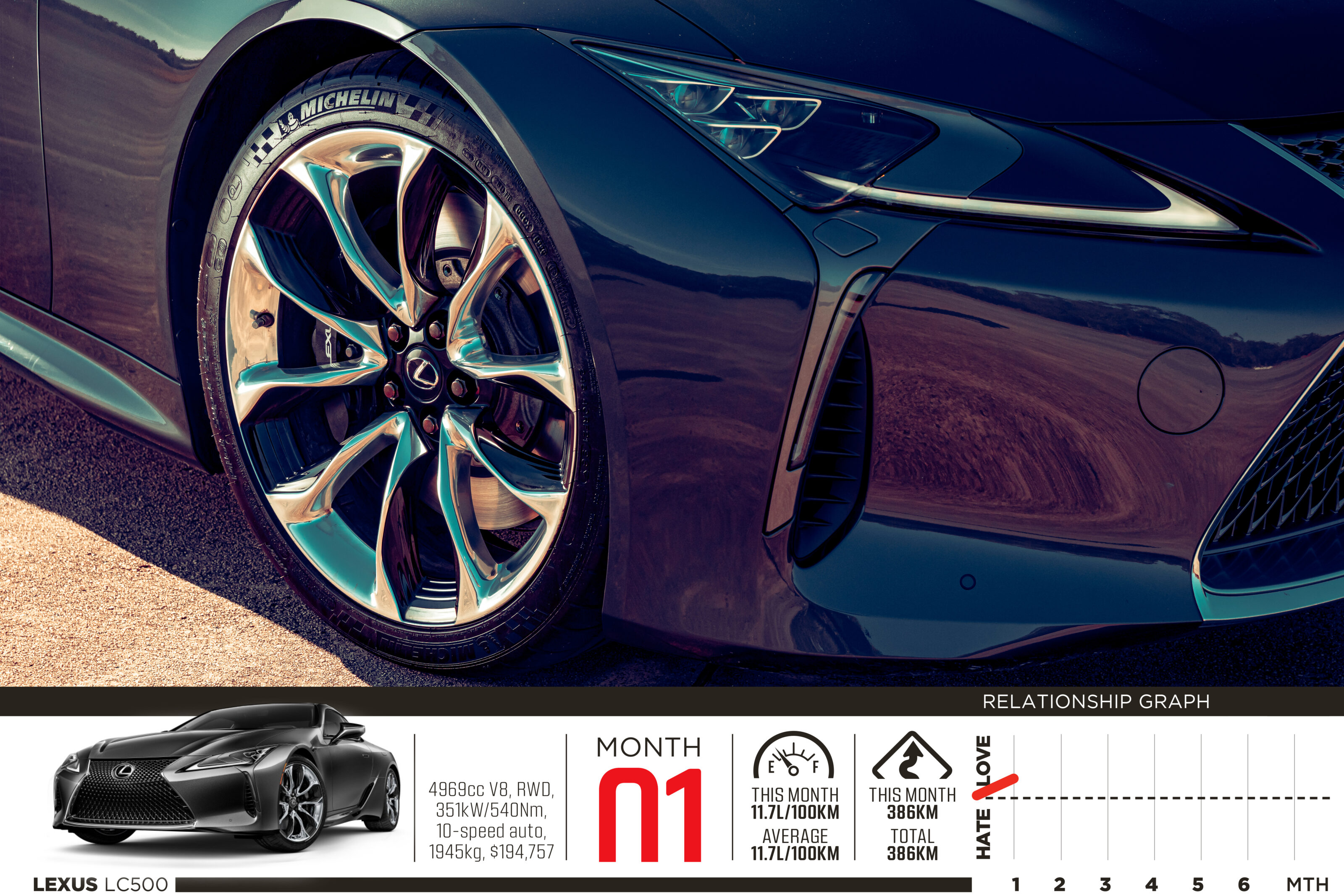
Month Two: Rare Groove
Lexus LC500 brings the noise
I’m not sure where you stand with listening to music in cars. For the most part, I’m more of a podcast guy. I enjoy the long form languor that teases out unexpected gems and it’s my staple go-to for the commute to the office. But the Lexus LC has a stereo that seems an item of extreme overengineering. Of course, much the same could be said for the rest of the LC, but the audio system merits particular mention.
The Mark Levinson Reference Surround Sound System is built around an 11-channel amplifier that drives 918 watts through 13 speakers and uses a sound processing system called Clari-Fi that attempts to upscale lossy file formats to hi-fi quality. Unsurprisingly, I expected it to be astonishing.
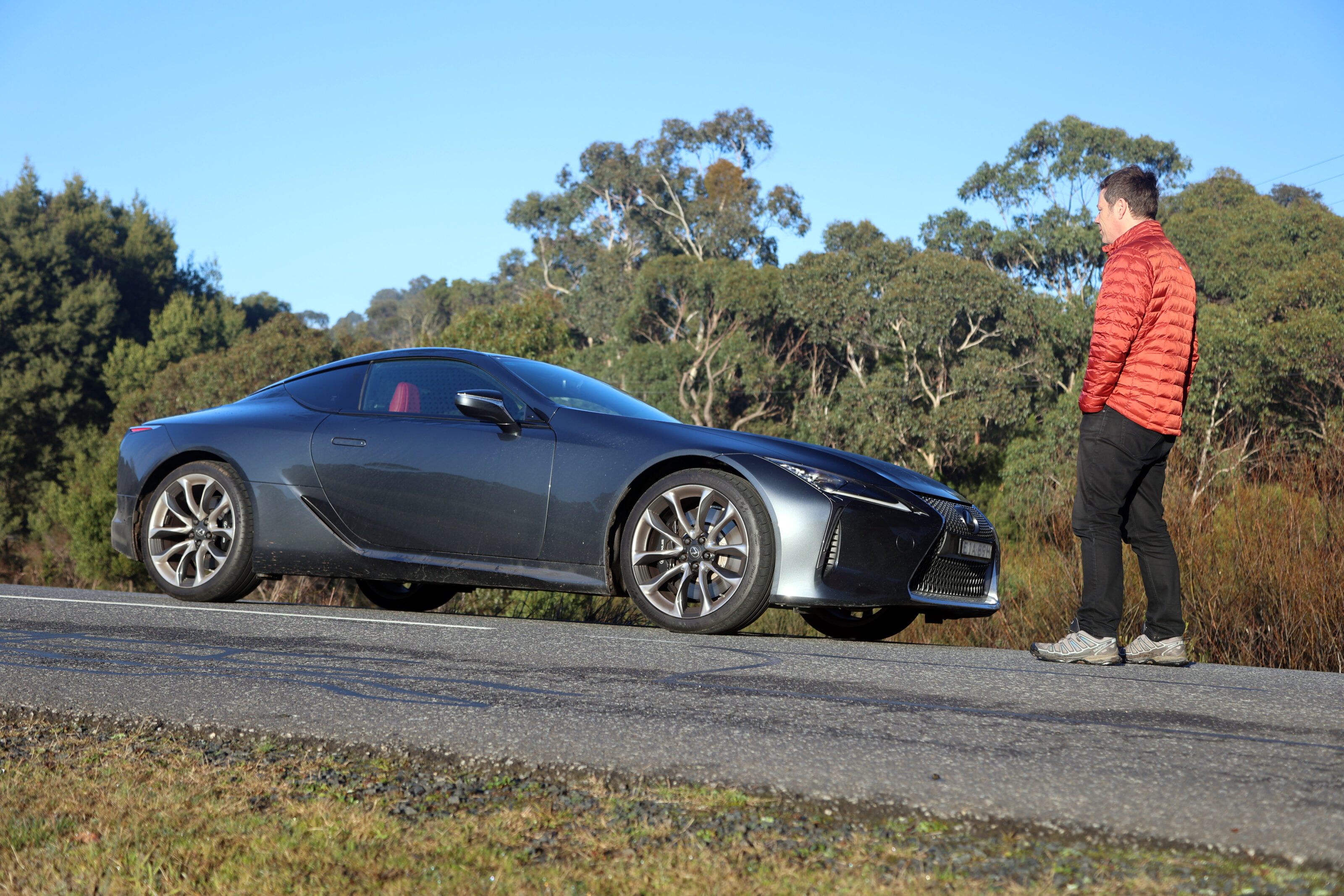
For the most part it’s very good, but it’s very front-loaded in the cabin, without a true surround sound effect from the rear speakers. Try to fade to the rear and the fronts just reduce in volume with virtually no power coming from the rear. All very strange. I’d heard a few rumbles about the latest Mark Levinson products, broadly coinciding with the time that parent company Harman was acquired by Samsung in 2017, but I’m surprised that the audio flexibility in the LC isn’t as well-rounded as I expected.
There is a solution though. Switch it off and listen to the engine; that 5.0-litre V8 fettled to perfect pitch by the world’s largest piano manufacturer: Yamaha. The three tuning forks of the Hamamatsu company is a clue to its musical origins. Some 68 years after being founded as a reed organ maker, Yamaha branched into motor cycles and the rest is history. Their involvement with the 2UR-GSE engine is well documented. What’s not so widely known is that the LC is also fitted with a Yamaha Performance Damper that’s aimed at reducing flex in the body structure.

Any metal vehicle body has elastic characteristics and lacks damping force, which means that this distortion energy is accumulated and released, repeating the cycle of distortion at a natural frequency. Yamaha’s Performance Damper introduces a damping element between the chassis and rear subframe, in the process turning bending forces into heat.
The aim is to provide superior stability, manoeuvrability and ride comfort and having driven Lexus LCs both with and without it, I’m not sure I could attribute any noticeable difference to it. Sorry. Maybe I should start road testing pianos.
Unless otherwise instructed, the LC500 starts in a default mode that’s labelled Normal. I like to think of myself as a pretty normal kind of chap, so this seemed entirely reasonable, but you’re actually diddling yourself out of a degree of ride comfort by leaving the car in this mode. Click down into Comfort and some of the edginess that afflicts the LC over typical freeway surface imperfections is ironed out.
It’s still not in the league of the true magic carpet GT cars, but Comfort does tamp down the more staccato intrusions. It’s not so benign that it nobbles the gearbox or throttle response unacceptably either, so it’s now become part of my start-up procedure.
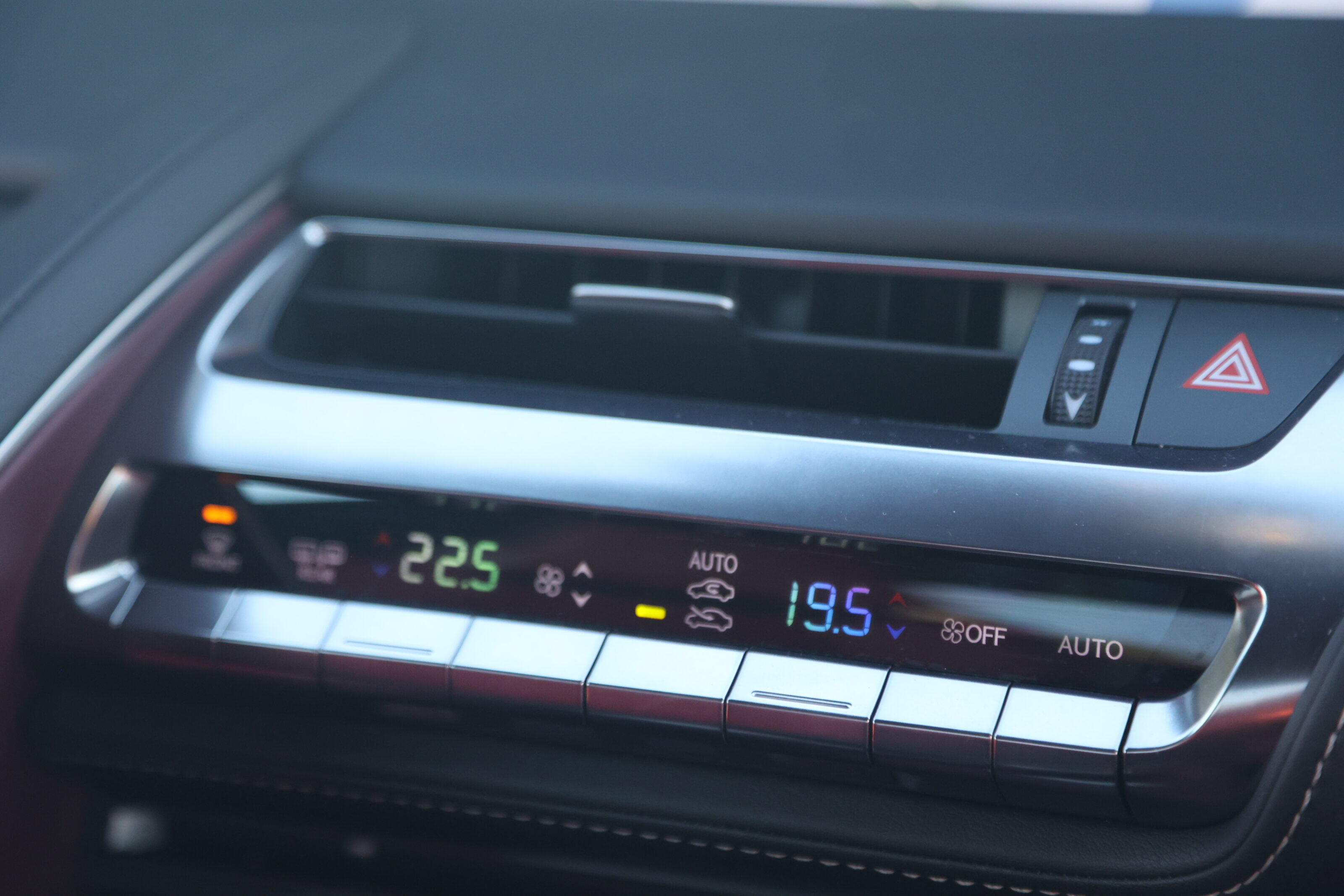
Combine four-wheel steer and the Sport S+ mode and you end up with a car that turns into a corner in a manner that’s a good deal sharper than you’d expect for a 1945kg vehicle. So alert is it that you need to compensate for it with your response at the wheel, slowing your hands a little to keep the masses in check while keeping faith that the nose will lock onto a line. Get a little too enthusiastic in anything other than bone dry conditions and the heavy front end can overwhelm the purchase of the front 245/40 section Michelin Pilot Super Sports.
The electronic stability control tune is entirely intolerant of yaw, and will adopt every tactic in its arsenal to prevent the rear of the car stepping out. You’ll have to wait until next month’s update for the chance (in a safe place) to explore the LC’s limit handling, but as much as I’d like a halfway house ESC mode which allowed just a little movement, in the vein of BMW’s M Dynamic Mode or Porsche’s PSM Sport, Lexus clearly thinks otherwise.
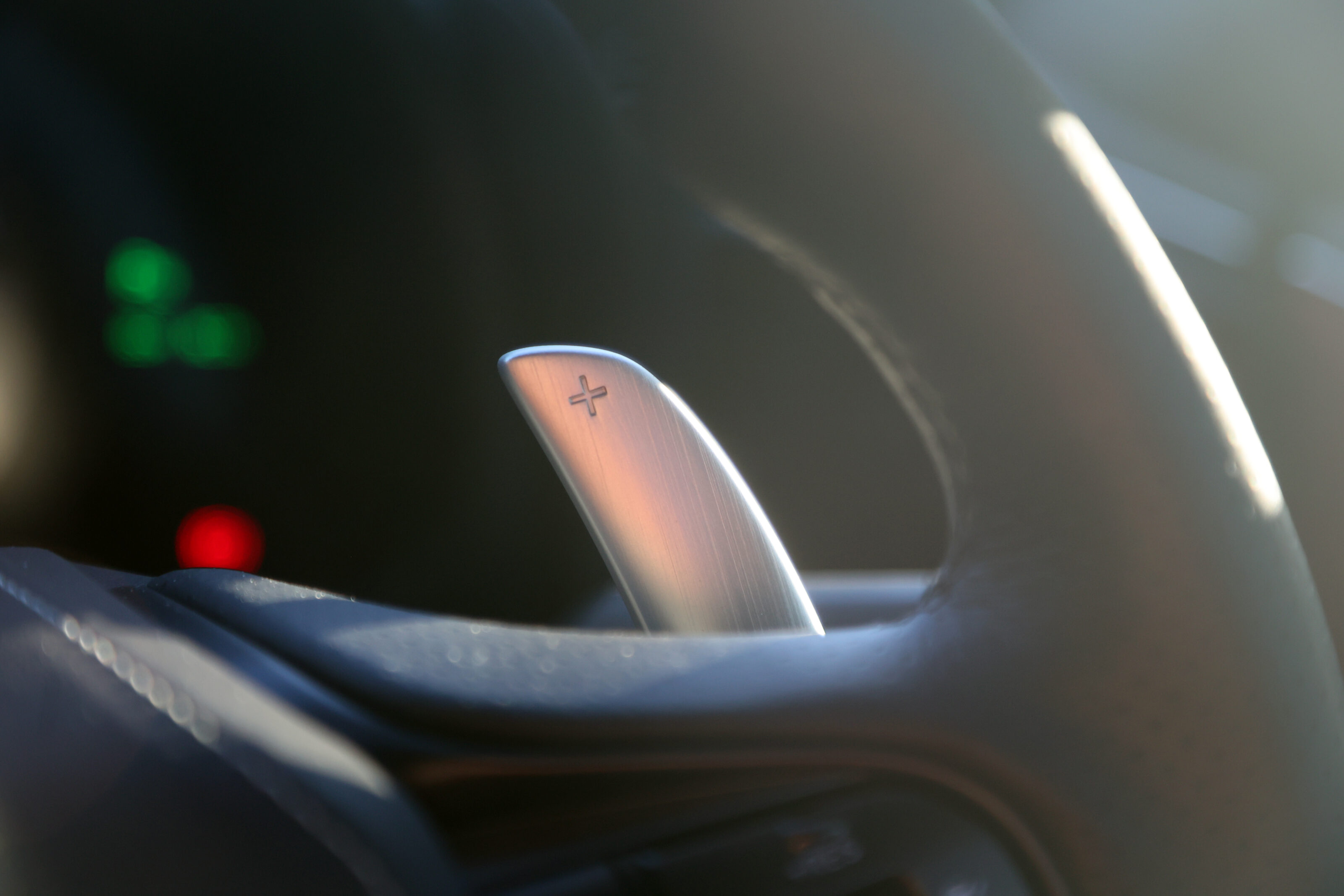
Lexus logic can be hard to decipher. I can’t even begin to understand the overarching decisions and logic behind the LC’s development. Like the LFA supercar before it, built at the same Motomachi plant, it feels like a car that’s been developed with virtually no eye on cost, as a statement of capability if you like.
Being the beneficiary of that process feels extremely special and you’d need to spend double on a Bentley Conti GT to find a cabin that exudes a greater sense of occasion and quality.
Stereo on and Clyde Stubblefield’s kick and snares fill the cabin. At its best, the LC500 borders on the magical. I’m already formulating reasons not to give it back. – AE
Things we like:
- Individuality
- Engine note
- Reliability
- No halfway ESC
- Stereo has its quirks
- Road noise

Month Three, Farewell: Slidehammer
Or how a Yamaha V8 gets to live its best life
As a motoring journalist, you’re just expected to be good at this sort of thing. Sliding a car around as if you’re born to it, I mean.
A few journos are extremely handy at this type of driving, while most are not. I enjoy it when I get the opportunity, which, these days, is not that often. So it was with a certain degree of trepidation that I took the Lexus LC500 out on the wet circle at Lang Lang in front of not only my colleagues, but also the ex-Holden chassis development team. I felt rusty and, as a result, fear of failure manifested as a rising prickly heat. Seat coolers on.
Turns out I needn’t have worried, If there’s a friendlier car than the LC500 to drift in big, lazy circles, I haven’t driven it. A combination of a long 2870mm wheelbase, stability control that goes all the way off, an utterly predictable atmo V8, accurate steering and benign geometry proved entirely flattering and saved my blushes.
You’ll need to limit your time with the tail hung out as any car that weighs nearly two tonnes will do a number on its rear boots, but for a few sideways circuits for the camera, the Lexus was an absolute honey, feeling like a supersized 350Z in its malleability.
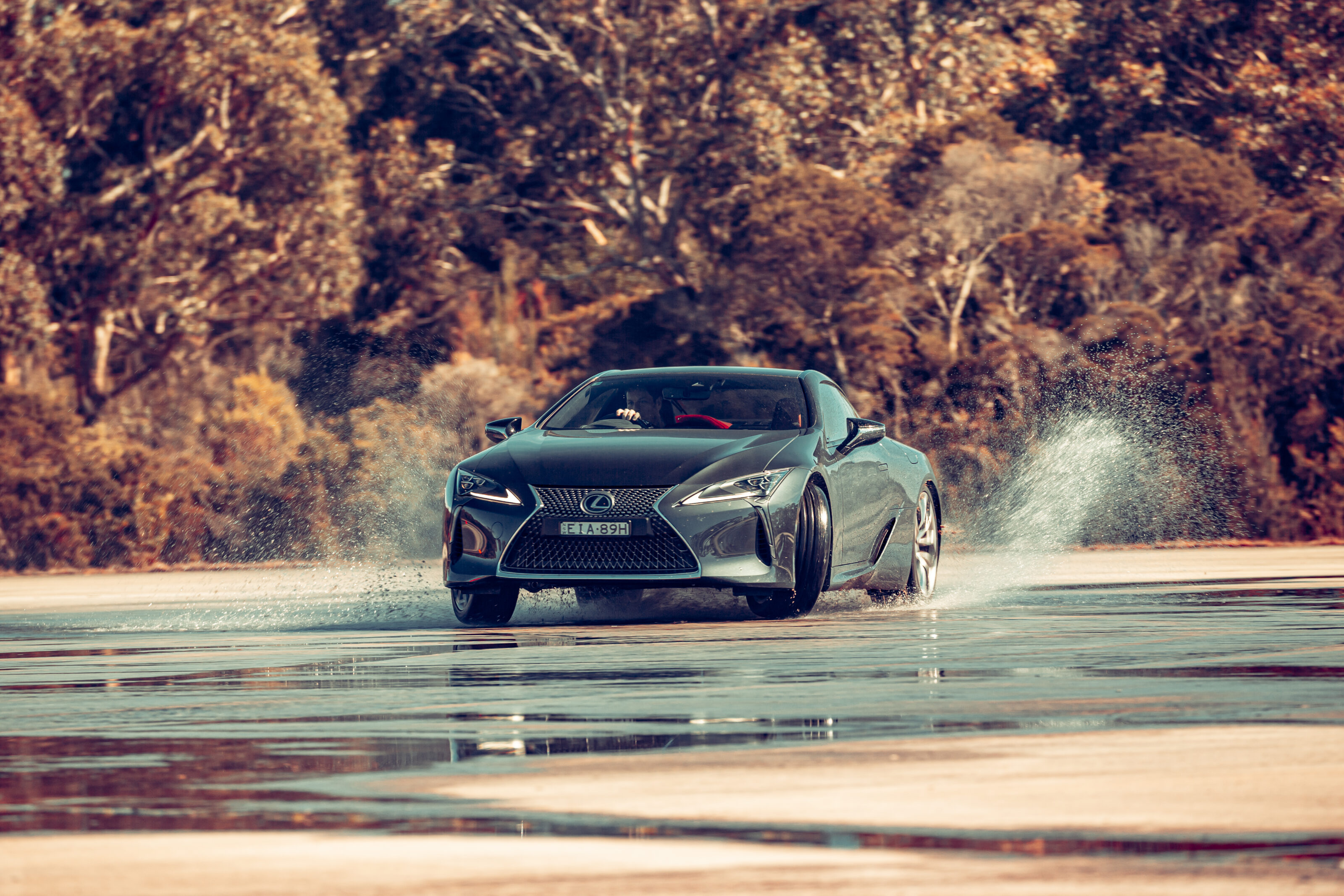
Implanting that knowledge of how the car feels when it starts sliding into your muscle memory certainly helps when driving the LC on Lang Lang’s hill route. There are a couple of corners there designed deliberately to upset a car’s balance mid-corner and having the confidence in knowing what the Lexus would do when tipped into yaw certainly helped there.
I made two additional discoveries this month, too. Firstly, the adjustment for the head-up display height is accessed via what looks like a nondescript back button on the steering wheel. Press this and the dial pack motors to the right to reveal a subsidiary menu. Of course it does. Why have an entire infotainment system for menus when you can have a dial pack that’s been designed by Ernst Stavro Blofeld? Sometimes Lexus does baffle me.
Likewise, I have videographer Josh Robinson to thank for locating the external boot release, a tiny nub on the right hand side of the rear number plate. Prior to this I’d been using the key fob and found it a bit of a pain to start fishing around in my pocket when I just wanted to throw a bag into the boot. As you might have guessed, I wanted to operate the LC without constant recourse to the owner’s manual. It’s my belief that if you need to resort to the manual to operate a simple part of the car’s anatomy, it’s a fairly fundamental ergonomic fail on the manufacturer’s part.
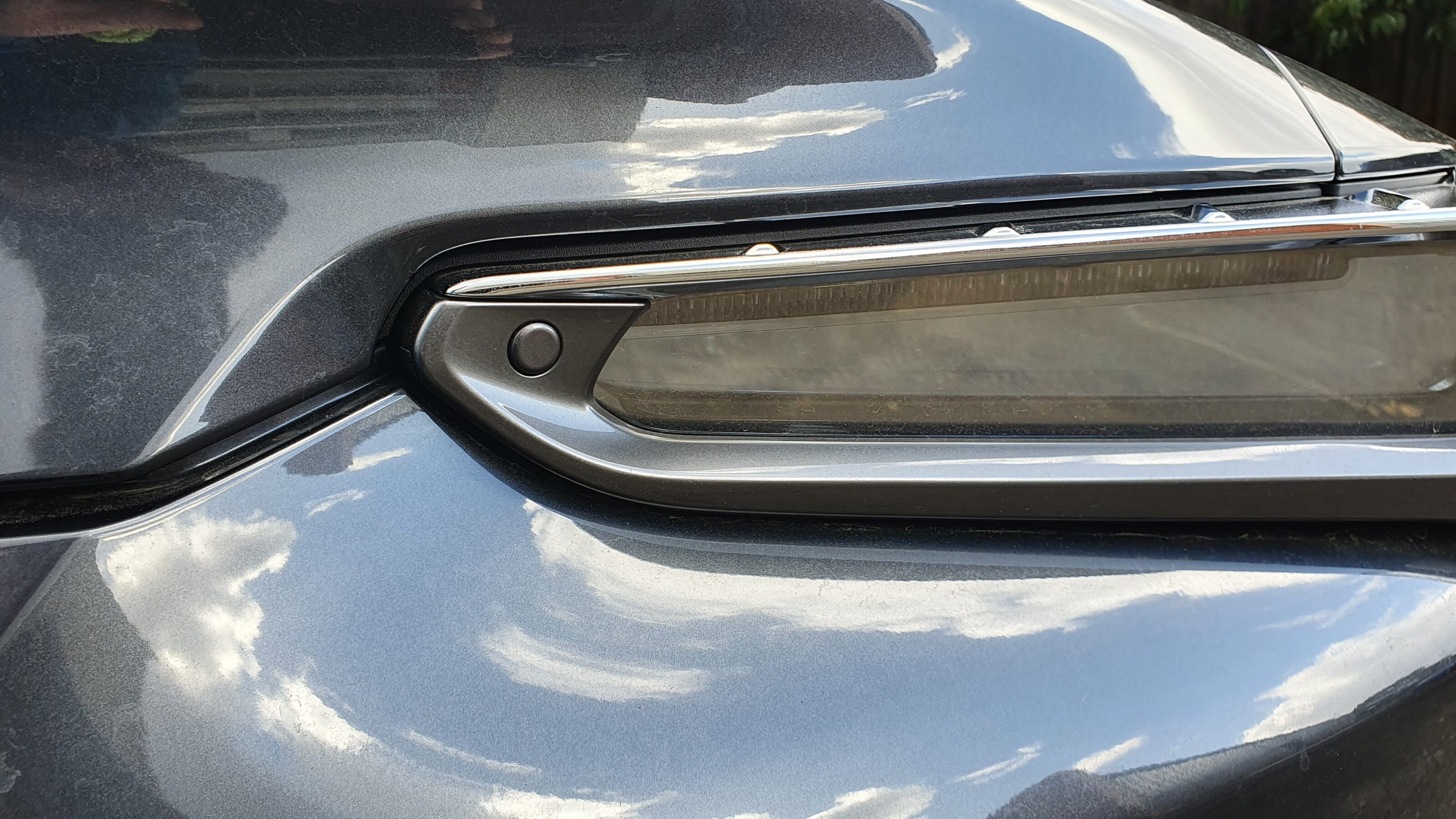
Sure, the LC has its quirks, but the basics are just brilliant. What’s more, it might just be the very last of its type. The fantastic 2UR-GSE 5.0-litre V8 isn’t going to be around forever although Lexus isn’t one of those companies that has put a hard and fast date on ditching internal combustion. Yet.
The LC500 emerges as one of the best looking, best sounding and best built cars listed for sale at any price. A colleague described it as the Grand Seiko of cars – an ‘if you know, you know’ sort of deal that’s imbued with incredible quality. If that’s not reason enough to pique your interest, consider this. You’ve got the rest of your life to whirr around in an EV. If the days of internal combustion are numbered, I think you owe it to yourself to see them out on a high. – AE
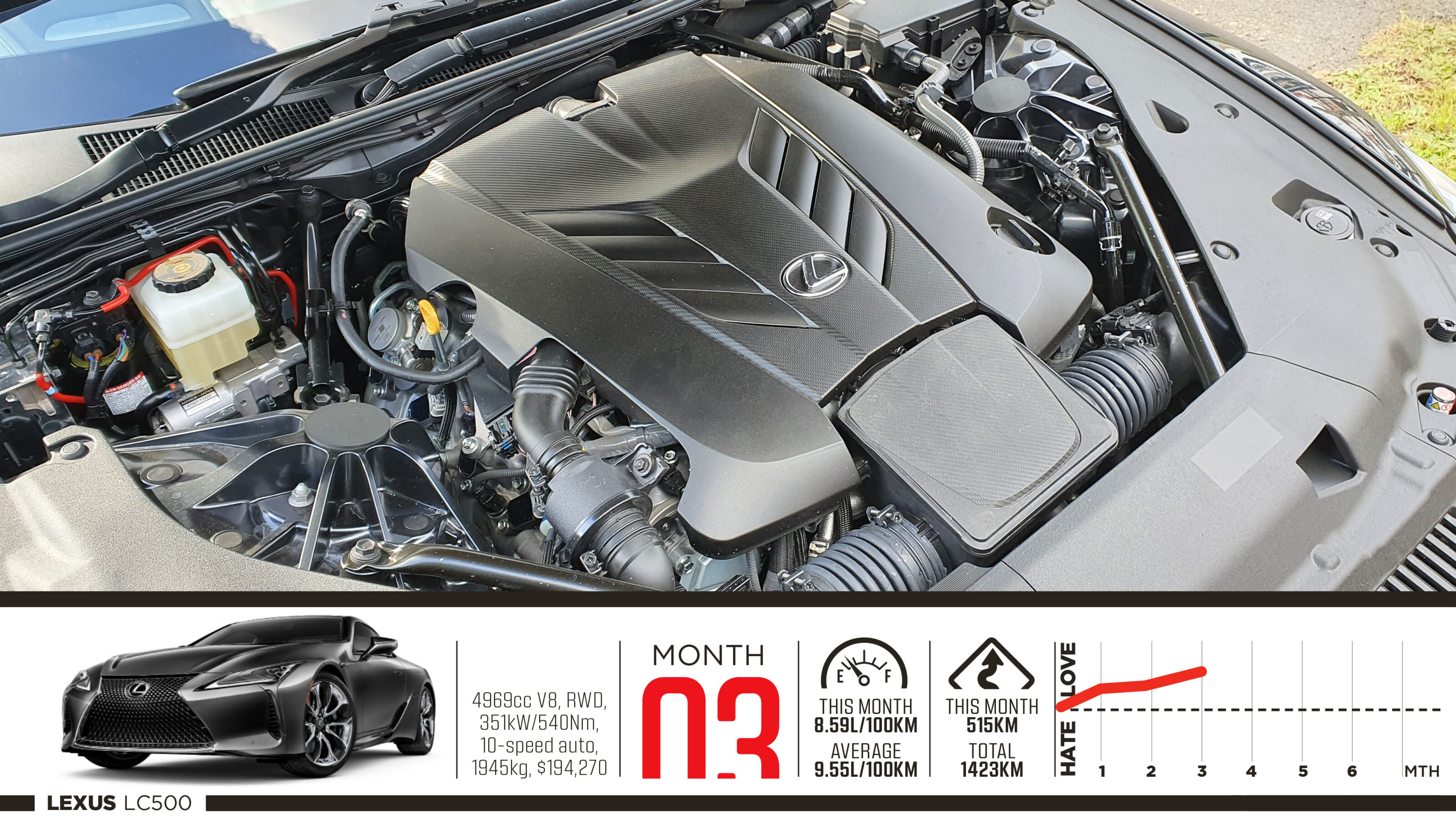
We recommend
-
 Reviews
ReviewsThree supercoupes battle it out in a half-million dollar showdown
The Lang Lang proving grounds host a three-way supercoupe face-off but which sub-$200k GT is the last one standing?
-
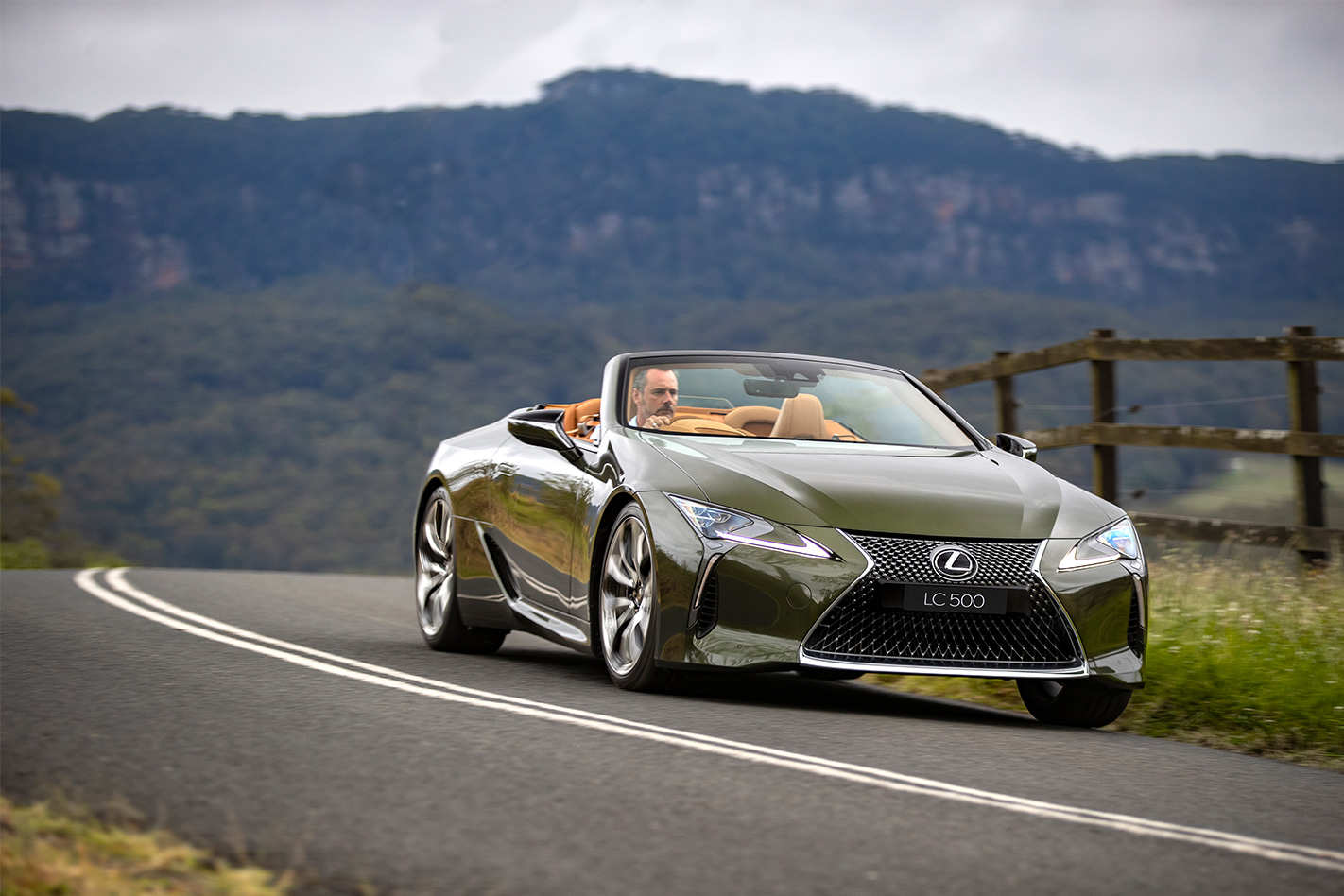 Reviews
Reviews2021 Lexus LC500 Convertible review
Enright’s not a big drop-top fan, but could he be a convert to the LC500?
-
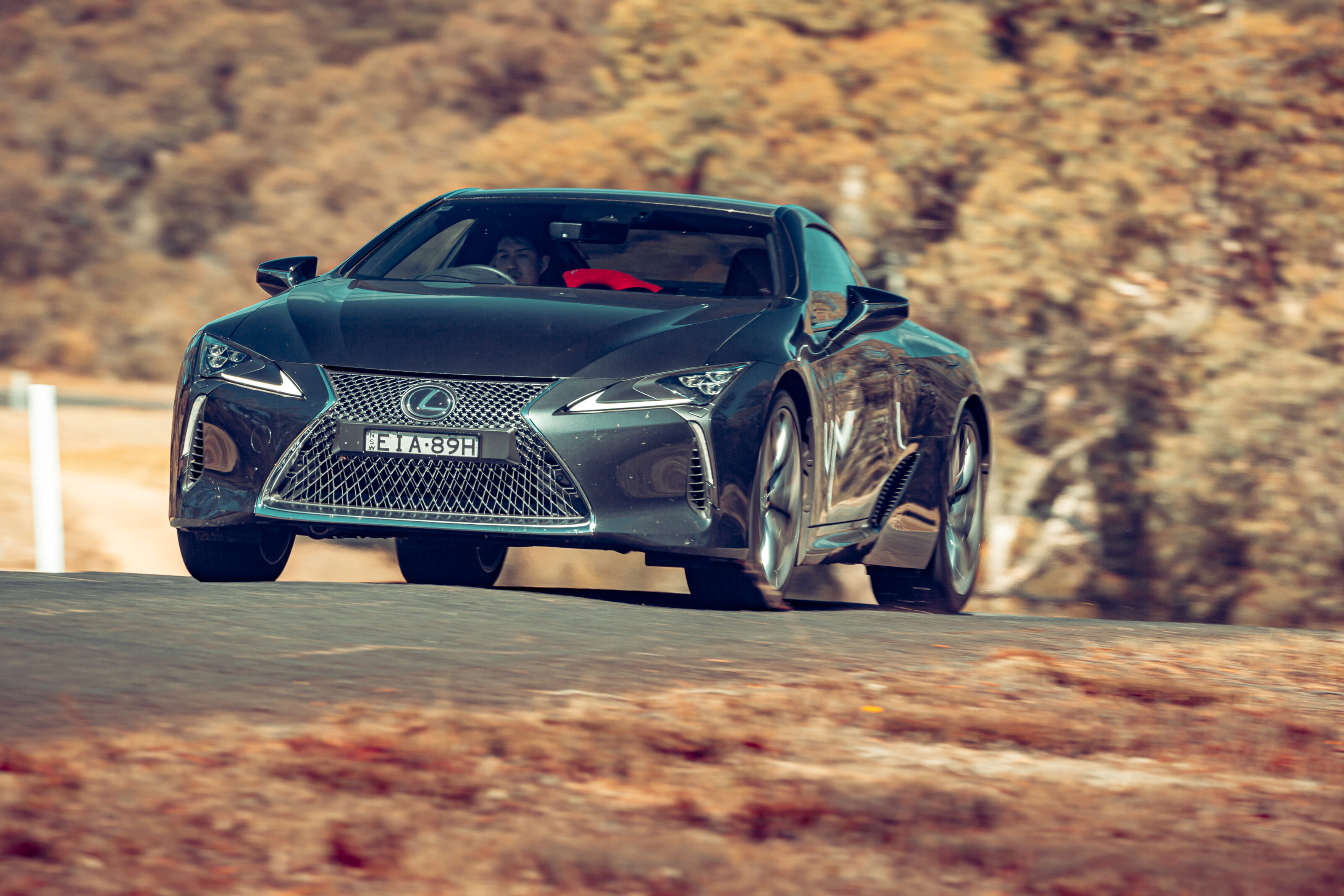 Reviews
Reviews2021 Lexus LC500 V8 review
An intoxicating exercise in automotive opulence


